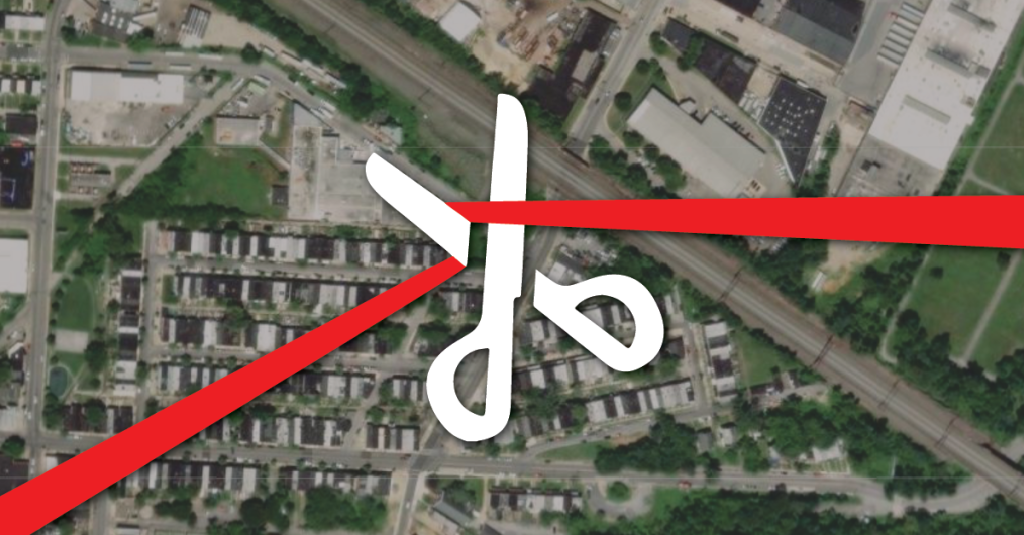NOAA Eliminates Restrictive Operating Conditions From Commercial Remote Sensing Satellite Licenses

Licensing change fulfills regulatory commitment to impose conditions only on a temporary basis
Today, NOAA’s Commercial Remote Sensing Regulatory Affairs (CRSRA) office — a division of the Office of Space Commerce — announced the modification of operating licenses of multiple commercial satellite systems. These license conditions had previously restricted the operations of the commercial satellites, preventing them from offering their full remote sensing capabilities to the public.
“The Department of Commerce is empowering our commercial remote sensing industry so they can compete at their full potential,” said Deputy Secretary of Commerce Don Graves. “This action cuts out significant red tape in private remote sensing systems regulation and keeps with the Department’s commitment to accelerate U.S. leadership in the fast-growing commercial space industry.”
On July 20, 2020, in response to Space Policy Directive-2 on Streamlining Regulations on the Commercial Use of Space, NOAA implemented new, streamlined regulations on private remote sensing systems. The new regulations embodied a philosophical shift in government oversight. The previous approach attempted to control in perpetuity the national security risk each remote sensing system introduced, regardless of the pace of commercial innovation. The new approach focused on the increasing foreign competition in the global remote sensing market and strove to maximize U.S. industry leadership while minimizing the imposition of national security conditions.
By tiering licensed remote sensing systems based upon comparative data availability and crafting restrictions (conditions) on unique systems to be minimal and temporary, CRSRA shifted more of the burden of protecting national security from licensees to the U.S. government. Under this new regulatory approach, operating conditions on completely unique capabilities may only be retained for up to three years – allowing the government time to develop mitigations. Conditions can only be extended beyond three years if the Secretary of Defense or Secretary of State personally requests and justifies such an extension.
On July 19, 2023, the first set of “Tier 3” conditions – imposed on the nation’s most capable, unmatched commercial remote sensing systems – permanently expired. NOAA modified the licenses of its Tier 3 licensees to remove 39 individual temporary conditions. Other changes included: a reduction of global imaging restrictions for certain imaging modes to permit imaging and distribution for all but less than 1% of the Earth’s surface; removal of some Non-Earth Imaging & Rapid Revisit conditions; and most notably, a removal of all of the current X-Band Synthetic Aperture Radar (SAR) temporary conditions.
“NOAA is fulfilling the commitment we made to industry in our 2020 regulations,” said NOAA Administrator, Rick Spinrad, Ph.D. “We said these temporary restrictions would last no more than three years, and three years later, we lifted them. U.S. capabilities lead the world in this important market, and this licensing change will maintain that lead.”
At the request of the Secretary of Defense, a small number of temporary Tier 3 conditions were retained to protect national security. These remaining conditions must be re-validated by the Secretary of Defense each year until they are retired.
The Commercial Remote Sensing Regulatory Affairs (CRSRA) division of NOAA’s Office of Space Commerce is responsible for regulating the operation of private Earth remote sensing space systems, subject to the jurisdiction or control of the United States, while preserving essential national security interests, foreign policy, and international obligations. Established in the 1990s, CRSRA was reorganized to become part of the Office of Space Commerce in November 2022.
On July 5, 2023, CRSRA issued its 223rd license. Despite the increasing size of the regulated community, CRSRA has reduced its average time to issue a license from 48 days in 2020 to 14 days today – a 70% reduction. Facilitated by its tiered regulatory framework and other licensing efficiencies, CRSRA has increased its service to the commercial space industry throughout the COVID-19 pandemic and significant staff reductions.